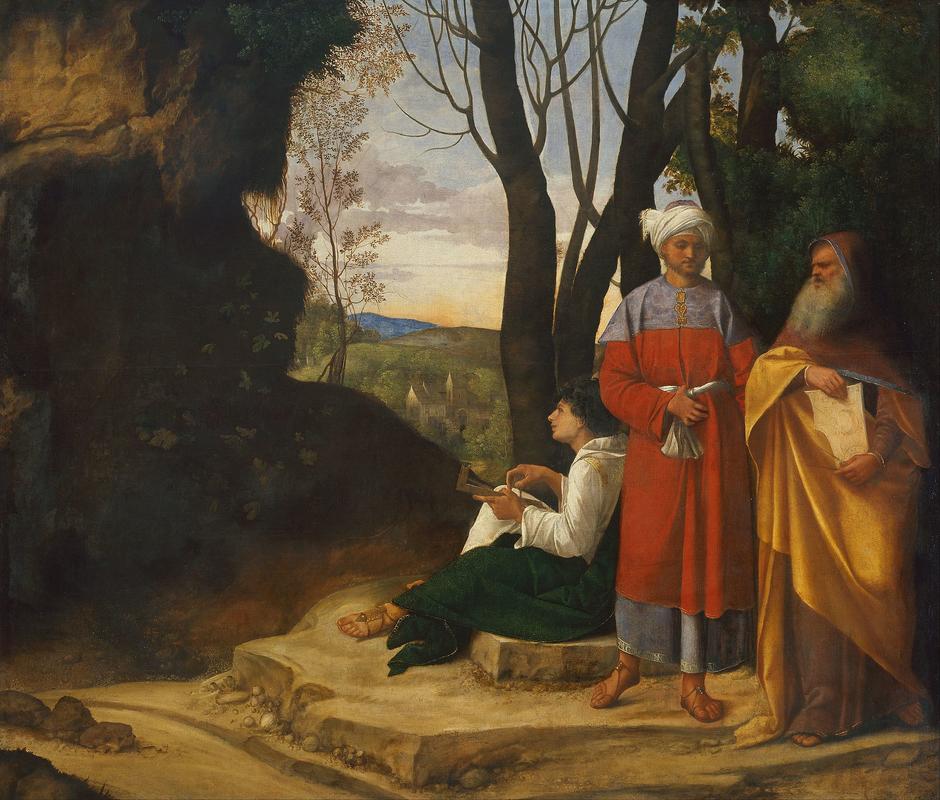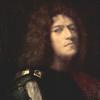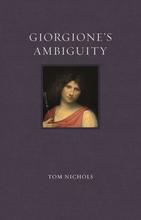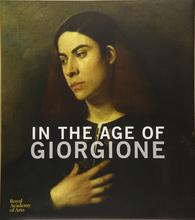More about The Three Philosophers
- All
- Info
- Shop

Contributor
Giorgione made The Three Philosophers under the influence of his apprenticeship with Giovanni Bellini, and the work was attested by Marcantonio Michiel, who claimed that Sebastiano del Piombo finished it.
Just about twenty years after its completion, Michiel described the painting as part of the collection of his friend who commissioned it, Taddeo Contarini. He mentions the seated man "contemplating the rays of the sun" and a "miraculously rendered" painted rock, that mysteriously blue mountainous form in the distance. From the perspective of Giorgione scholars, this early evidence is like a raindrop on the tongue of a stranded traveler in the desert: it gives a rare clue as to the origin of a Giorgione painting. According to recent research by Dr. Karin Zeleny, the blue rock represents the Greek deity of the sun, which gave birth to the young sitting man, Pythagoras, and that is why the light emanates from two sources.
The contradictory nature of the light sources in this work parallels the ideological tug-of-war taking place in interpretations of the painting and the debate over its sources. It's possible Giorgione intended to produce an image of three Greek pagan philosophers in order to represent the 'Transmission of the Classics,' wherein thinkers of the Italian Renaissance developed a newfound interest in ancient Greek texts after being reintroduced to them after the collapse of the Byzantine Empire. The texts were then further popularized via Latin translations. After Michiel, early catalogues assumed that this work portrayed one of the Arab and Persian Muslim scientists, such as Avicenna, al-Kwarizmi, and Averroes, who kept science going during some real tough European times, and they gave it names like the 'Three Mathematicians,' 'Three Astronomers,' and 'Three Oriental Geometers.' Others suggest the three men could represent the three ages of Europe (Antiquity, Middle Age, and Renaissance), or perhaps even the three Abrahamic faiths.
Contarini was the brother-in-law of Gabriele Vendramin, owner of Giorgione's The Tempest. He was also one of the richest men in Venice, and he recognized that he could leverage his money to create an artistic legacy by commissioning this painting. Education was of central importance to Contarini, and, for him, this meant mostly ancient Roman and Greek texts and their interpretations, beginning with Plato. Commissioning Giorgione paintings of ancient subjects was a way to secure both his own legacy and that of his Greco-Roman ancestors, while creating a way to teach future generations the ancient stories and ideas. Contarini owned several Giorgiones, now lost, which contain subjects we know to be ancient and Greco-Roman in origin, including the Finding of the Infant Paris and Hell with Aeneas and Anchises. This suggests that the three men in the painting are ancient, which supports the conclusions of Zeleny.
According to Zeleny, whose research forms the basis of the Vienna museum's curatorial display of this work, Giorgione would have read a statement of Polydorus Vergilius in his book, "De rerum inventoribus libri tres," which says:"All agree that the first to introduce the Ancient Greeks to philosophy and to contemplate heavenly and divine things – namely the Syrian Pherecydes, Pythagoras, and Thales – were pupils of the Ancient Egyptians and the Chaldeans.” Zeleny avers that, in Giorgione's day, people thought of Thales as a Phoenician Jew, because Eusebius wanted Greek philosophy to have originated in the Levant, like Judaism and Christianity.
Pherecydes was from the Aegean island of Syros, which was misinterpreted as "Syria," so Giorgione portrayed him as a Muslim, Zeleny writes. It was all just a long, trans-millennial game of telephone, so we shouldn't be too surprised that by the time this painting arrived at the Kunsthistorisches Museum, they thought it portrayed a Christian story.
Sources
- Brown, David Alan, and Sylvia Ferino Pagden. Bellini, Giorgione, Titian, and the Renaissance of Venetian Painting. New Haven: Yale University Press, 2006.
- Charles, Victoria. Renaissance Art. New York: Parkstone, 2014.
- Doran, Sabine. The Culture of Yellow: Or, The Visual Politics of Late Modernity. New York: Bloomsbury Publishing USA, 2013.
- Harshav, Benjamin, and Barbara Harshav. Marc Chagall and His Times: A Documentary Narrative. Stanford: Stanford University Press, 2004.
- Vergil, Polydore. Polydori Virgilii De Rerum Inventoribus. New York: Agathynian club, 1868.
- Zaunschirm, Thomas. "Giorgiones Drei Philosophen." http://www.zaunschirm.de/giorgion.html.
- Zeleny, Karin. "THE “GIORGIONE CODE”: PAINTING IN VIENNA DECIPHERED." Press Release, Kunsthistorisches Museum, Oct. 13, 2006.
Featured Content
Here is what Wikipedia says about The Three Philosophers
The Three Philosophers is an oil painting on canvas attributed to the Italian High Renaissance artist Giorgione. It shows three philosophers – one young, one middle-aged, and one old.
The work may have been commissioned by the Venetian noble Taddeo Contarini, a Venetian merchant with an interest in the occult and alchemy. The Three Philosophers was finished one year before the painter died. One of Giorgione’s last paintings, it is now displayed at the Kunsthistorisches Museum in Vienna.
The painting was thought to have been finished by Sebastiano del Piombo, but a "new infrared reflectogram lends no support to the theory".
Check out the full Wikipedia article about The Three Philosophers














